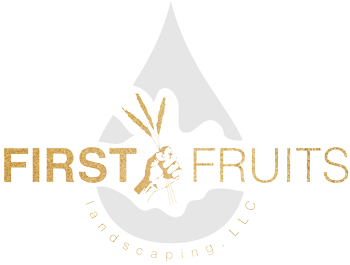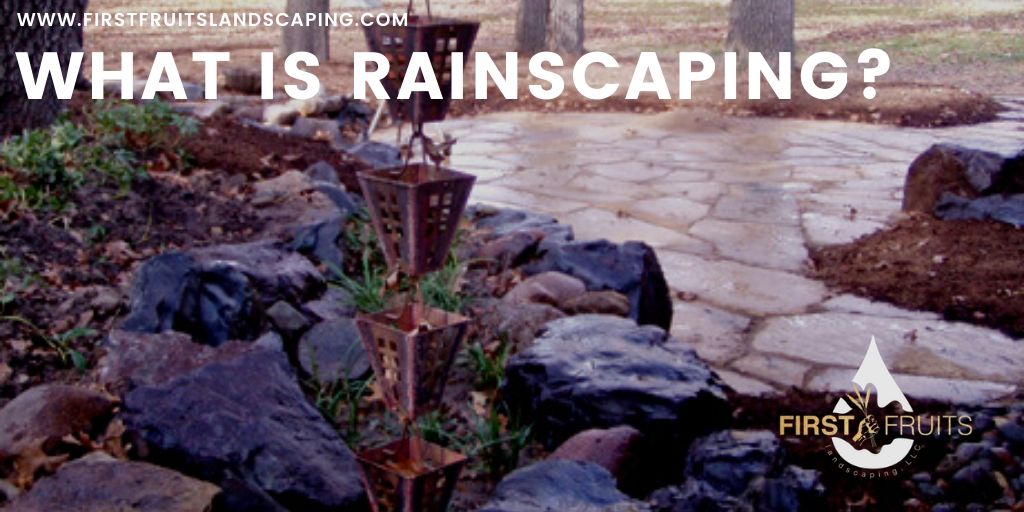It’s wet here in Washington and that’s no surprise. It’s beautiful and green but it’s because we get a lot of rain throughout the year. Why not do something amazing with all that water? Have you heard of rainscaping? It’s one of the fastest-growing trends in landscape design today.
You have a spot on your property where a lot of rain collects, you’re having draining issues, or other water-related problems, rainscaping might solve the problem. This technique combines garden aesthetics with rainwater management and is a great way to recycle the rain we’re already getting. Unchecked, rain runoff can run down driveways and sloping lawns and can have a negative effect on yards, local waterways, and watersheds.
Rainscaping means using your landscape to redirect, catch, slow, and filter stormwater runoff. It’s a great way of repurposed single rainwater and landscaping your property while you’re at it. This could mean something as simple as redirecting downspouts to a beautiful garden bed or collecting water with rain chains or in rain barrels.
It also involves strategically placing native trees and plants in areas where their roots will soak up excess water.
Types of Rainscaping
In many places, rainscaping is already being used in green roofs that handle rain runoff, bioswales or drainage ditches and woodland restoration. These are areas where the city or county plants trees and shrubs along streams and rivers which will slow down the flow of stormwater decreasing erosion and reduce the intake of pollutants into the water sources. But, your landscape may not need such a dramatic project.
Not only can rainscaping help recycle the rain but it could improve water quality, soil infiltration, and wildlife habitat but it can also look beautiful as well. First, we want to identify the problem area and determine if there’s any obstacles to the project such as underground utilities. Determining where rainscaping will be most useful takes a little bit of an analysis, which is something that we can do.
Check out all the different types of Rainscaping on this Pinterest Page
If you’re not big on having a rain barrel sit at the corner of your house, there are other ways to direct the water. A dry well is a passive underground structure that receives water from one or more entry pipes or channels located at the top. The water is discharged through a number of small exit openings work gradually dissipates into the ground.
A French drain may also be an option. This project consists of a perforated pipe placed in a gravel lined trench. It’s then topped with a great or filter fabric and covered with soil or gravel. Grass can be planted on top or decorative rocks resembling a dry creek bed that can also be attractive. Water from the French drain can be directed to a rain garden or other location.
Vegetative filter strips can be used as well for grass, shrubs or woody plants. These will run parallel to the pavement and can reduce the influx of pollutants and sediment.
A rain garden is also an attractive choice. This is a natural or artificial depression up to about 6 inches deep to slow down runoff, store it temporarily, and release it gradually so the water has time to soak in. Even creating something small can help the local ecosystem. You want to position your rain garden about 10 feet from the home and away from septic systems, underground utilities, and wells.
If you’re looking to do some rainscaping of your own or need some thoughts and suggestions on the best position and what your property would benefit from, contact us at any time.
More Great Resources for Homeowners:
- 10 Genius Landscaping Tricks
- Full Yard Renovation
- Curb Appeal Matters When Selling
- Is a Garden a Good Selling Point?
- Should I Reseed or Use Sod?
- What is Landscape Restoration?

